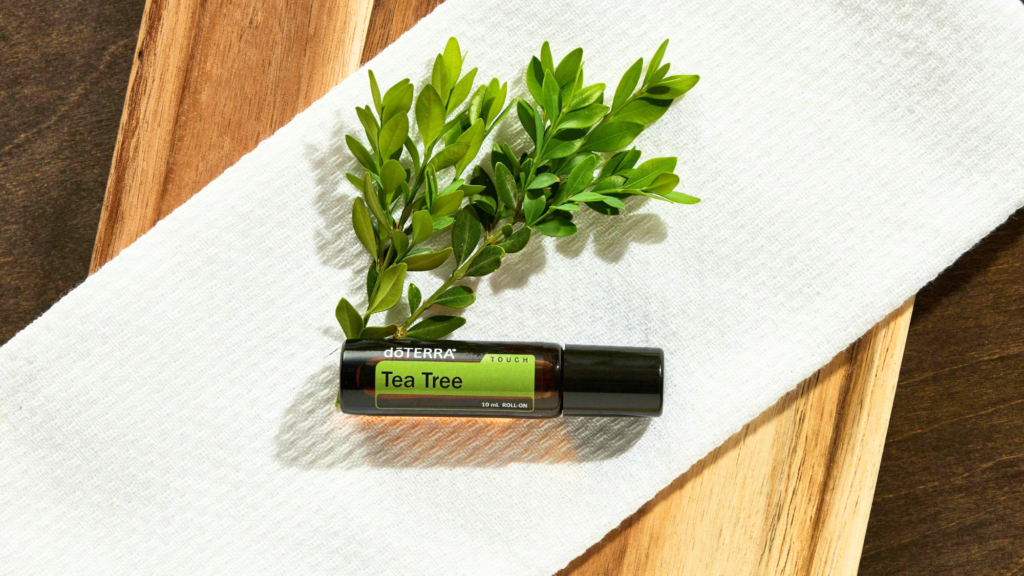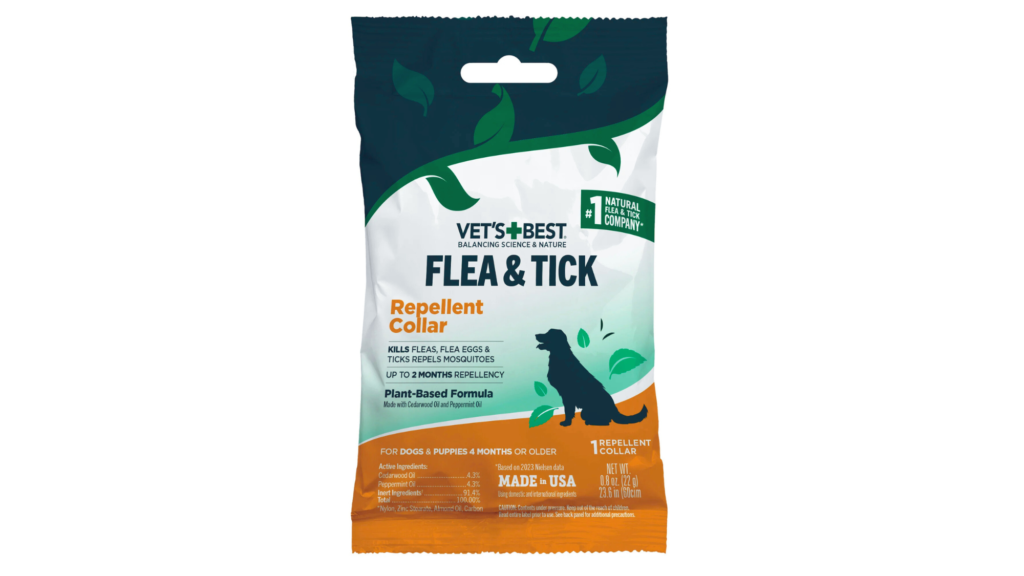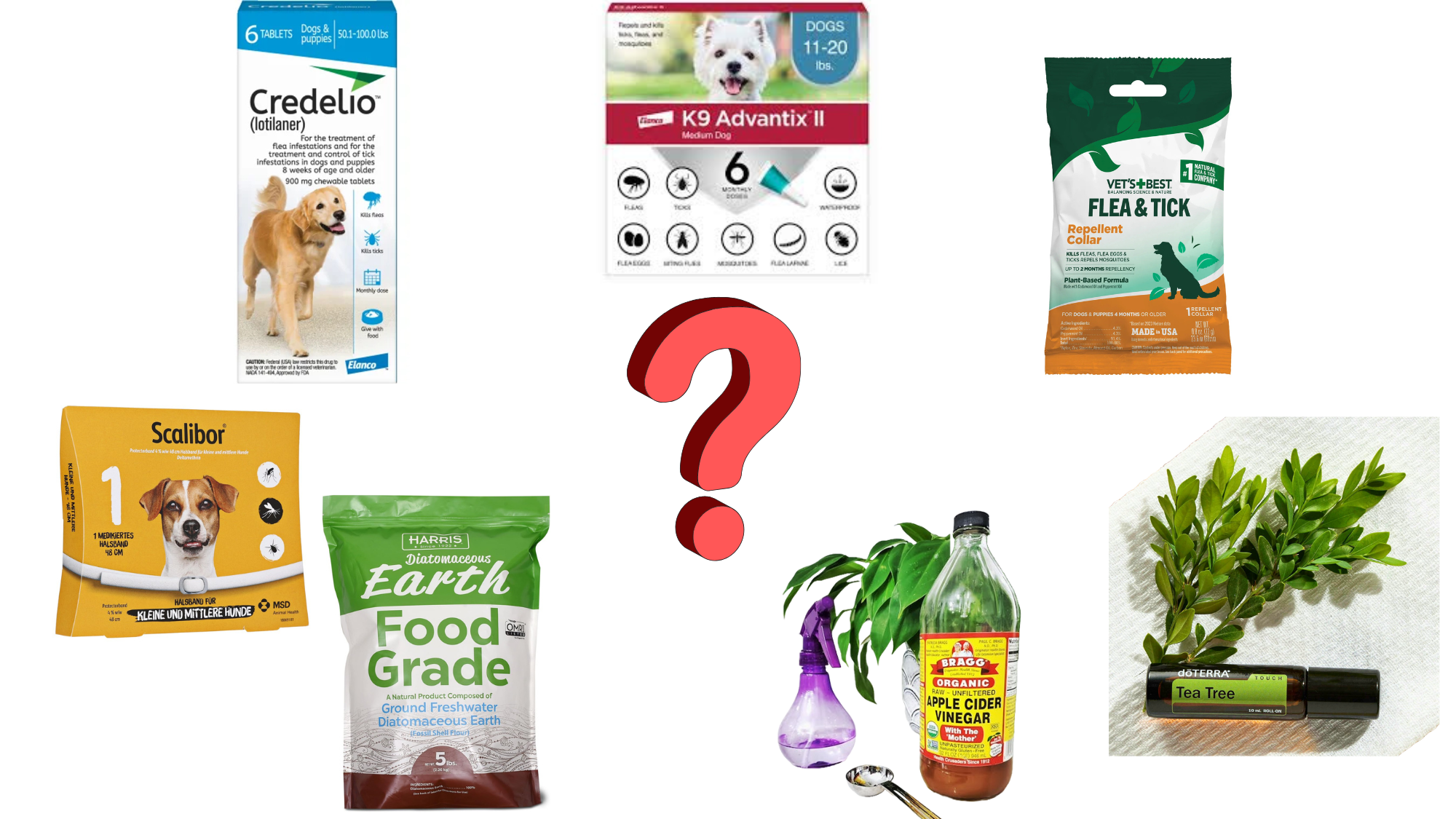| Summary: Fleas and ticks pose serious health risks to dogs, making effective safest dog flea and tick prevention essential. Vet-approved options include Simparica Trio, NexGard, Bravecto, Frontline Plus, K9 Advantix II, Seresto Collar, and Scalibor Collar. Natural alternatives like diatomaceous earth and essential oils offer additional protection. Choosing the right method ensures a healthy, happy pet. |
Fleas and ticks are not just minor nuisances; they pose significant health risks to dogs, leading to conditions ranging from mild skin irritation to severe, life-threatening diseases. These parasites thrive in warm, humid environments and can spread rapidly, making effective safest dog flea and tick prevention essential.
If left untreated, flea infestations can cause anemia, allergic reactions, and even secondary infections, while tick bites can transmit dangerous illnesses like Lyme disease and anaplasmosis.
Choosing the safest and most effective flea and tick prevention method is crucial for every dog owner. With numerous options available, including oral medications, topical treatments, flea collars, and natural remedies, it’s important to understand their safety, effectiveness, and potential risks.
I will explore the safest flea and tick prevention methods, backed by scientific research and veterinary recommendations, to help you make the best decision for your furry friend. To find the perfect fit, learn more about what size collar for a Bichon, ensuring your dog’s comfort and safety.
| Question | Quick Answer |
| Why prevent fleas & ticks? | They cause itching, allergies, anemia, and diseases like Lyme. |
| Best oral treatments? | Bravecto (12 weeks), Simparica Trio, NexGard (monthly). |
| Best topical treatments? | Frontline Plus, K9 Advantix II (monthly, kills on contact). |
| Best flea collars? | Seresto (8 months), Scalibor (6 months). |
| Are natural remedies effective? | Somewhat—oils, vinegar, and DE help but aren’t as strong. |
| Can dogs still get fleas/ticks? | Rarely, but regular prevention greatly reduces risk. |
| Safe for puppies? | Yes, with vet-approved products like Frontline Plus. |
Blog Highlights
ToggleWhy Is Safest Dog Flea and Tick Prevention Essential for Dogs?
1. The Dangers of Fleas
Fleas are tiny, fast-moving parasites that feed on a dog’s blood, often causing relentless itching and discomfort. While an occasional flea bite may seem harmless, a full-blown infestation can quickly become a nightmare.
Dogs that are hypersensitive to flea saliva can develop flea allergy dermatitis (FAD), a condition that leads to excessive scratching, hair loss, and painful skin infections. Fleas also reproduce at an astonishing rate—a single female flea can lay up to 50 eggs per day, making it crucial to act fast.
Beyond skin irritation, fleas can cause serious health problems, especially in puppies or small-breed dogs. A heavy flea infestation can lead to anemia, as the parasites consume significant amounts of blood.
Additionally, fleas can transmit tapeworms, an internal parasite that dogs often acquire after ingesting an infected flea while grooming. With fleas capable of jumping up to 13 inches, they can spread rapidly across homes, carpets, and other pets.
2. The Risks of Ticks
Ticks, unlike fleas, attach themselves to a dog’s skin and remain embedded while feeding on blood. These parasites are particularly dangerous because they serve as carriers for serious diseases.
Lyme disease, ehrlichiosis, Rocky Mountain spotted fever, and anaplasmosis are all transmitted by different species of ticks, with potentially devastating consequences. Once a tick attaches, it may take 24-48 hours for disease transmission to occur, making early removal critical.
Statistics show that 20-30% of ticks in the U.S. carry at least one disease, meaning any tick bite carries some level of risk. Unlike fleas, which can be spotted due to excessive scratching, ticks often go unnoticed for days or even weeks.
Many pet owners only discover them once they become engorged with blood. This makes regular tick checks, especially after walks in wooded or grassy areas, an essential part of flea and tick prevention.
3. Flea and Tick Infestation Statistics
Fleas and ticks are more than just an inconvenience; their rapid reproduction and disease-spreading abilities make them a serious concern for pet owners. Understanding their population dynamics can highlight the need for effective prevention methods.
- A single flea can bite a dog up to 400 times per day, leading to continuous discomfort.
- Ticks are present in all 50 U.S. states, with increasing numbers due to climate change and warmer winters.
- Each tick can lay up to 3,000 eggs, leading to long-lasting infestations in yards and homes.
- Approximately one in three dogs tested positive for tick-borne diseases in 2023, emphasizing the need for preventive measures.

Discover the ideal option by exploring what is the best collar material for a Bichon Frise to ensure your pet’s comfort and durability.
Vet-Approved Flea and Tick Prevention Methods
Veterinary experts recommend a variety of safest dog flea and tick prevention products that have been thoroughly tested for safety and efficacy. These options include oral medications, topical treatments, and flea collars, each with its advantages and disadvantages.
1. Oral Flea and Tick Medications
Oral flea and tick medications are popular because they provide systemic protection by killing parasites as they bite. These medications typically contain isoxazoline-based compounds, which interfere with the nervous system of fleas and ticks, leading to paralysis and death. They are often available as chewable tablets, making them easy to administer.
Best Vet-Approved Oral Medications
| Medication | Active Ingredient | Protection Duration | Effectiveness Rate | FDA Approved? |
| Simparica Trio | Sarolaner, Moxidectin, Pyrantel | 30 days | 98% | Yes |
| NexGard | Afoxolaner | 30 days | 96.2% | Yes |
| Bravecto | Fluralaner | 12 weeks | 99% | Yes |
| Credelio | Lotilaner | 30 days | 97% | Yes |
Pros and Cons of Oral Medications
✔ Highly effective, providing broad-spectrum protection.
✔ Convenient and easy to administer, usually given as a tasty chew.
✔ No mess, unlike topical treatments that require drying time.
✖ May cause side effects such as vomiting or diarrhea in sensitive dogs.
✖ Requires a prescription from a veterinarian, increasing cost and effort.
2. Topical Flea and Tick Treatments
Topical flea and tick treatments, also known as “spot-on” solutions, are liquid medications applied to a dog’s skin. These treatments spread across the skin’s oils, killing fleas and ticks on contact before they can bite. Unlike oral medications, they do not require ingestion, making them ideal for dogs with sensitive stomachs.
Best Vet-Approved Topical Treatments
| Medication | Active Ingredient | Protection Duration | Effectiveness Rate | Waterproof? |
| Frontline Plus | Fipronil, (S)-methoprene | 30 days | 95% | Yes |
| K9 Advantix II | Imidacloprid, Permethrin | 30 days | 94% | Yes |
| Revolution | Selamectin | 30 days | 92% | Yes |
Pros and Cons of Topical Treatments
✔ Effective against flea eggs and larvae, breaking the reproductive cycle.
✔ Water-resistant formulas ensure continued protection even after bathing.
✖ Some dogs may experience temporary skin irritation after application.
✖ Takes 24-48 hours to dry completely, requiring restricted contact.
3. Flea and Tick Collars
Flea collars are a convenient, long-lasting alternative for flea and tick prevention. These collars release active ingredients gradually over several months, offering continuous protection without the need for frequent applications.
Best Vet-Approved Flea and Tick Collars
| Collar | Active Ingredient | Protection Duration | Effectiveness Rate | Waterproof? |
| Seresto | Imidacloprid, Flumethrin | 8 months | 94% | Yes |
| Scalibor | Deltamethrin | 6 months | 90% | Yes |
Pros and Cons of Flea Collars
✔ Long-lasting protection (up to 8 months).
✔ Low-maintenance, ideal for owners who forget monthly treatments.
✖ Some collars may cause allergic reactions or skin irritation in sensitive dogs.
✖ Less effective in high-risk flea and tick environments compared to oral options.
The American Staffordshire Terrier’s coat type is short, sleek, and easy to maintain with regular brushing.
Natural and Alternative Flea & Tick Prevention Methods: Are They Safe?
As more pet owners look for chemical-free alternatives, natural flea and tick prevention methods have gained popularity. Many pet parents worry about potential side effects of traditional flea treatments, such as skin irritation, digestive issues, or neurological effects. While natural solutions can provide some level of protection, it is crucial to understand their effectiveness and limitations before relying on them exclusively.
1. Essential Oils for Flea and Tick Prevention
Essential oils like cedarwood, peppermint, lavender, and lemongrass have natural flea- and tick-repelling properties. These oils work by disrupting the nervous systems of insects, making them less likely to attach to your pet. Some commercial flea sprays use these essential oils as active ingredients in chemical-free flea prevention products.
However, while these oils may repel pests, they are not as effective at killing existing infestations. Additionally, some essential oils—such as tea tree oil—can be toxic to dogs if applied in high concentrations. Studies suggest that diluted solutions of 0.1%–1% are safe for topical application, but it is always best to consult a veterinarian before using essential oils on your dog.

2. Apple Cider Vinegar as a Flea and Tick Repellent
Many pet owners swear by apple cider vinegar (ACV) as a natural flea deterrent. The theory is that ACV makes a dog’s skin slightly more acidic, creating an environment that fleas and ticks dislike. Some recommend adding a teaspoon of ACV to a dog’s water bowl daily or making a diluted spray (50% ACV, 50% water) to mist on a dog’s coat before walks.
While ACV may help deter some fleas, research suggests that it does not kill them effectively. It works best as a preventative measure, not as a treatment for an active infestation. Additionally, some dogs dislike the taste of ACV in their water, making this method impractical for daily use.

3. Diatomaceous Earth for Flea Control
Diatomaceous earth (DE) is a powder made from fossilized algae, known for its ability to dehydrate and kill fleas. When sprinkled on a dog’s bedding, carpets, or yard, DE cuts through the exoskeletons of fleas and ticks, causing them to dry out and die within 48 hours. Many pet owners prefer food-grade DE, as it is safe for pets and humans.
However, while DE is effective in dry environments, it loses effectiveness when wet, making it less useful in humid climates. Additionally, inhalation of DE dust can cause respiratory irritation, so it should be applied carefully.

4. Herbal Flea Collars and Sprays
Some pet owners opt for herbal flea collars and sprays containing ingredients like neem oil, rosemary, and eucalyptus. These products claim to provide natural flea and tick prevention without harsh chemicals. While they may help deter fleas, studies show that their effectiveness is lower than prescription treatments, especially in flea-prone regions.

5. The Verdict on Natural Flea Prevention
While natural flea and tick prevention methods offer a safer alternative to chemicals, they should not replace vet-approved treatments in high-risk areas. Combining natural and conventional methods can create a comprehensive flea and tick prevention strategy that prioritizes safety and effectiveness.
The best collar size for an American Staffordshire Terrier ensures a comfortable and secure fit for your dog during walks and training.
Final Thoughts: Choosing the Best Flea and Tick Prevention
There is no one-size-fits-all safest dog flea and tick prevention method; the best option depends on factors like a dog’s age, health, and lifestyle. Oral medications like Bravecto and Simparica Trio provide strong, long-lasting protection, while topical treatments and collars offer alternative options. Natural remedies can help as additional protection, but they are not as effective for severe infestations.
By choosing a safe and effective flea prevention plan, dog owners can protect their pets from discomfort, disease, and costly treatments associated with infestations. Keeping a dog flea- and tick-free is not just about convenience—it’s about ensuring a healthy, happy life for your furry companion.
To find out the what size collar for an Affenpinscher, ensure you measure your dog’s neck correctly for a perfect fit.





